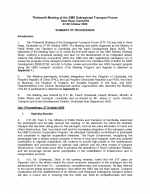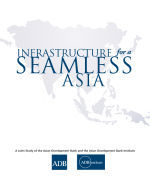
Build It and They Will Come: Lessons from the Northern Economic Corridor: Mitigating HIV and Other Diseases
The upgrade of Route 3 of the Northern Economic Corridor has not only improved connectivity and mobility but also has introduced potential health challenges.







